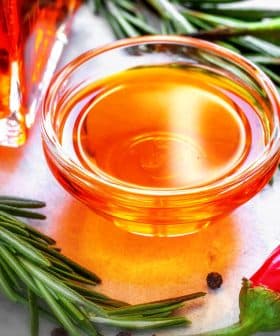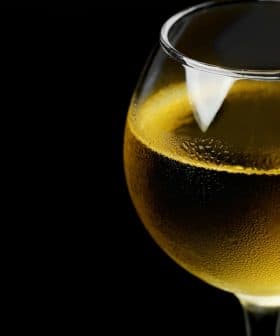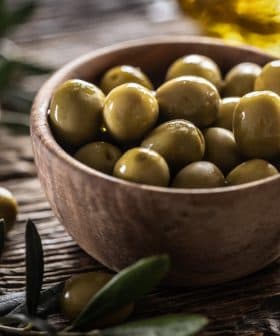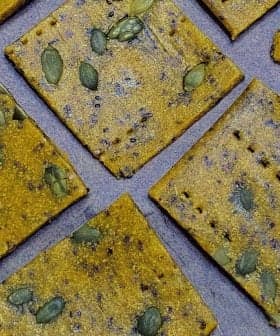 156.1K reads
156.1K readsFood & Cooking
Dispelling the Myths of Frying with Olive Oil

Frying vegetables in extra virgin olive oil was found to be healthier than boiling them, as the oil helps the body absorb the nutrients and has a high smoking point suitable for high-heat cooking methods. The myths that olive oil has a low smoking point, will change from a good to bad oil when fried, and that fried foods absorb too much oil and are unhealthy have all been debunked, making olive oil a great option for frying.
Most people know that olive oil has many health benefits and that using it in low-heat cooking and for finishing enhances the flavors in foods, but what about high-heat cooking like frying?
A recent study revealed that frying vegetables in extra virgin olive oil was healthier than boiling them. It makes sense: Not only do you get to keep the nutrients in the veggies instead of pouring them down the drain, but the olive oil helps your body absorb them (not to mention packing quite a few helpful components of its own, like cancer-fighting polyphenols).
(If you’re looking for recipes with olive oil, check out our recipes section.)
So let’s dispel some long-held misconceptions about using olive oil in high-temperature methods such as frying and sautéing.
See Also:Cooking With Extra Virgin Olive OilAlthough pan-frying, deep-frying, stir-frying and sautéing are different stovetop methods, they all have one thing in common: the temperature of the cooking oil.
The object of these cooking methods is to cook the outside of the food quickly, creating a crispy exterior while allowing the heat from the oil to penetrate all the way through. To accomplish this, the oil must reach a temperature of 350°F (177°C) to 370°F (188°C) before introducing the food.
Myth #1: The smoking point of olive oil is too low for frying.
Some cooking oils and fats will reach what is referred to as the smoking point before reaching temperatures required for a good fry. The smoking point is the temperature at which a chemical change occurs, resulting in undesirable smoke and flavor. Olive oil is not one of them.
See Also:Find the Best Olive Oils for Fried FoodsThe smoking point of extra virgin olive oil is somewhere between 380°F (193°C) and 410°F (210°C), depending on the impurities and acid content of the olive oil: the better the quality, the higher the smoking point.
The smoking point of olive oil is well above the temperature required for all but the highest-heat cooking.
Myth #2: Frying temperatures will change olive oil from a ‘good oil’ to a ‘bad oil.’
Cooking fats and oils are considered dietary fats of which there are three types, saturated, trans and unsaturated. The first two are bad, but the third, unsaturated fat, includes olive oil, a healthy plant-derived dietary fat.
The heat required to raise the temperature of olive oil high enough to fry food cannot change the chemical composition of olive oil from good to bad.
Myth #3: Fried foods absorb cooking oil, making you fat.
Properly fried food will absorb much less cooking oil if the temperature is hot enough before introducing food. Otherwise, the food will soak up the oil, producing a soggy, flaccid product. Like those oil-soaked fries you had last week from your favorite fast-food chain.
You can fry with extra virgin olive oil, and you should. Frying withextra virgin olive oil not only satisfies our desire for Southern-fried comfort foods, Asian stir fry, Mexican fajitas and Italian veal piccata, but it also fulfils our nutritional requirements for healthy dietary fat.









